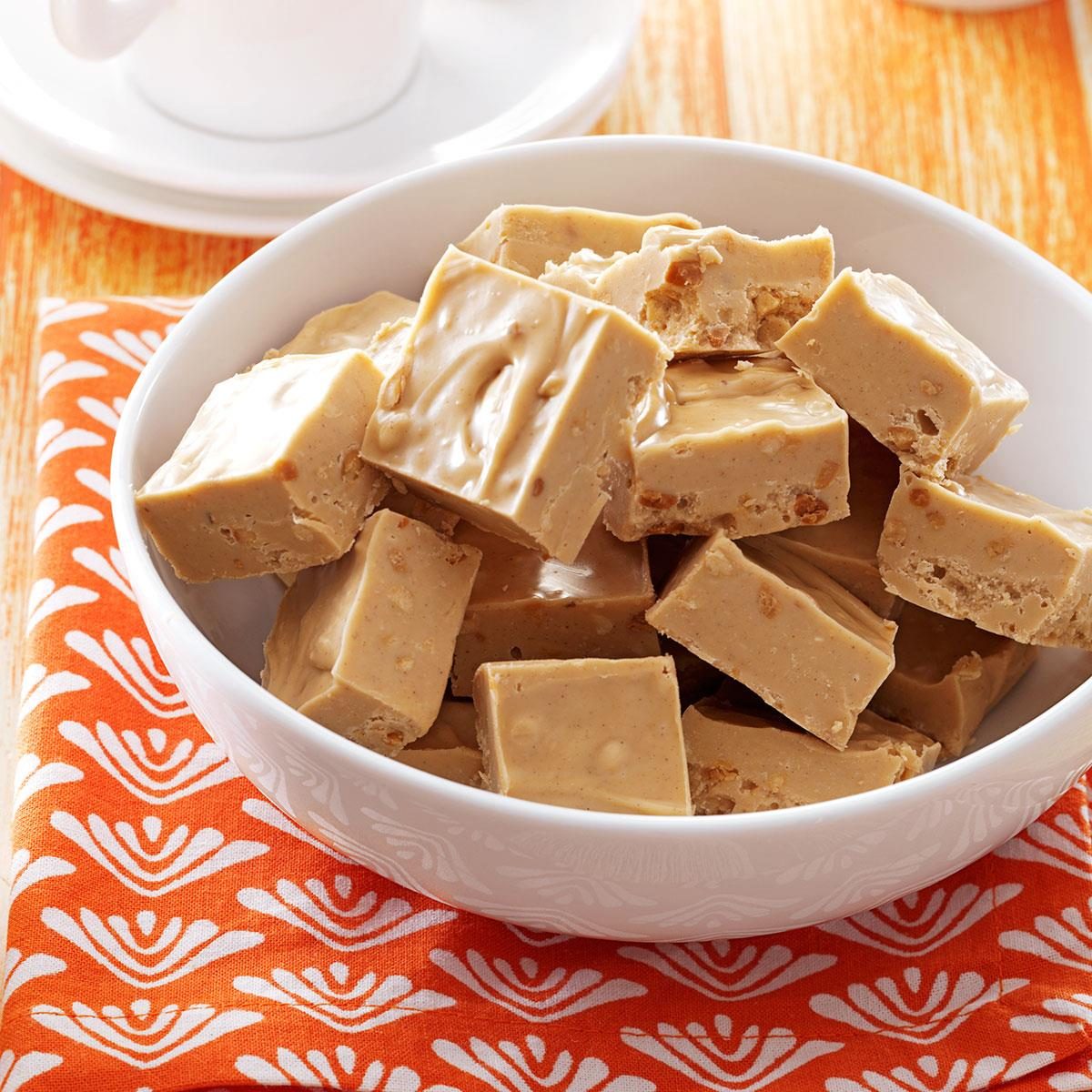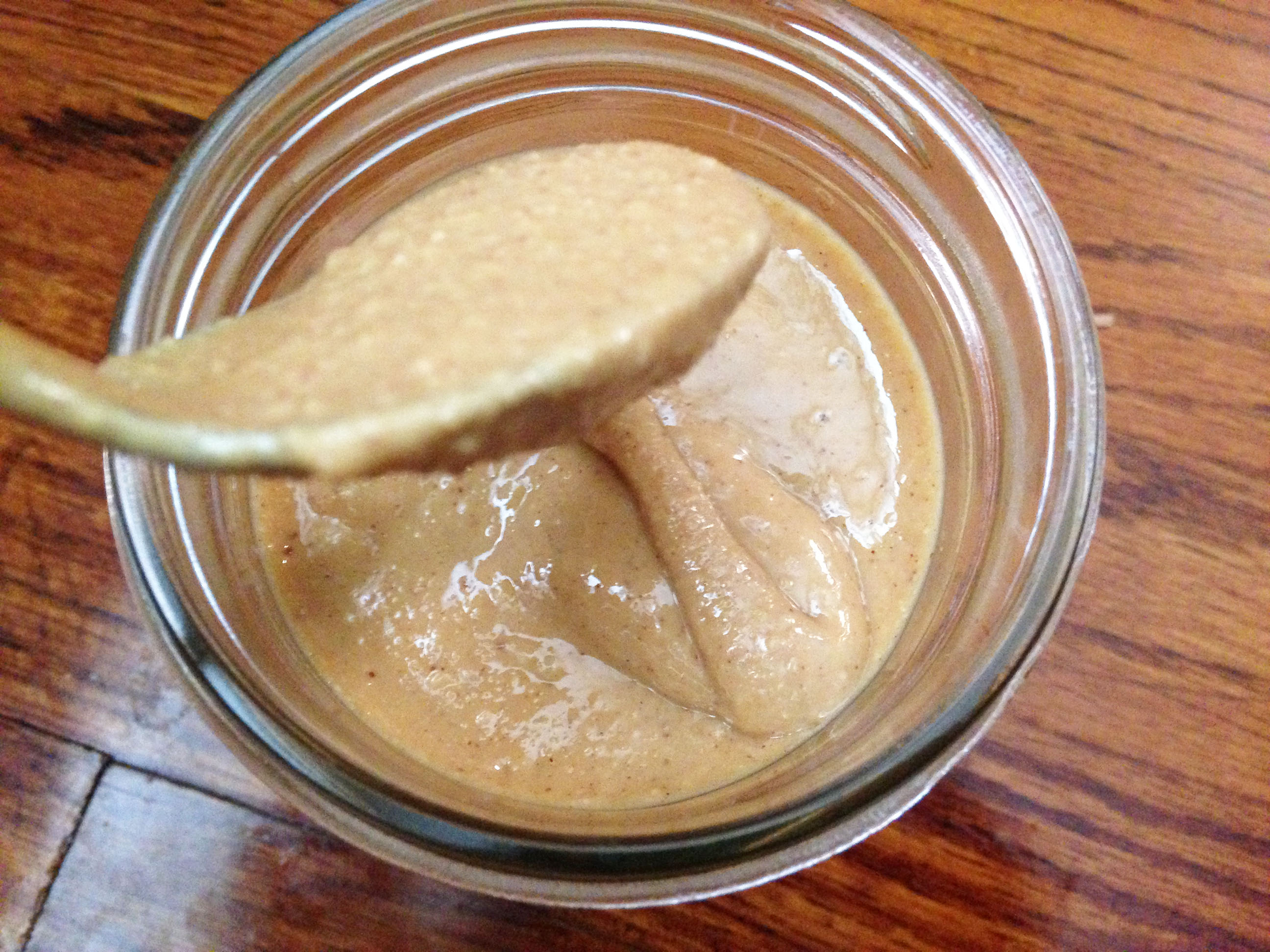Embark on a culinary adventure as we delve into the art of crafting delectable natural peanut butter from scratch. Join us as we explore the boundless benefits of this wholesome spread, unravel the secrets of its preparation, and unveil the versatility it offers in culinary creations.
Whether you’re a seasoned home cook or embarking on your first kitchen escapade, this comprehensive guide will empower you to elevate your culinary repertoire and savor the pure, unadulterated goodness of homemade peanut butter.
With its rich, nutty flavor and nutritional prowess, natural peanut butter stands as a culinary gem. A treasure trove of essential vitamins, minerals, and antioxidants, it nourishes the body while tantalizing the taste buds. Moreover, its versatility extends far beyond the classic PB&J, inviting you to experiment with a symphony of flavors and textures in your culinary endeavors.
Introduction
Natural peanut butter, made from just peanuts and a touch of salt, is a nutritious and delicious spread that can be enjoyed in a variety of ways. It is a good source of protein, fiber, and healthy fats, and it is also a good source of vitamins and minerals.
This recipe for natural peanut butter is easy to make and only requires a few simple ingredients. The resulting peanut butter is smooth and creamy, with a rich and nutty flavor.
Benefits of Natural Peanut Butter
- Good source of protein, fiber, and healthy fats
- Good source of vitamins and minerals
- May help lower cholesterol
- May help reduce the risk of heart disease
- May help improve blood sugar control
- May help promote weight loss
Ingredients
To make the best natural peanut butter, you’ll need just a few simple ingredients.
Here’s what you’ll need:
Table of Ingredients
| Ingredient | Measurement | Optional |
|---|---|---|
| Unsalted peanuts | 2 cups | No |
| Salt | 1/2 teaspoon | Yes |
| Honey | 1 tablespoon | Yes |
| Vegetable oil | 1-2 tablespoons | Yes |
Equipment
To craft this delectable peanut butter, you will require a trusty array of culinary tools.
For a seamless blending experience, a food processor or high-powered blender is an indispensable ally. These culinary workhorses will effortlessly pulverize the peanuts into a velvety, spreadable delight.
Food Processor
- Select a food processor with a sturdy motor and a capacity of at least 2 cups.
- Ensure the blades are sharp for efficient grinding.
- Consider a model with a wide feed chute for easy ingredient addition.
4. s

Making natural peanut butter is a simple process that only requires a few ingredients and some basic equipment. Here are the steps you need to follow:
First, you will need to roast the peanuts. This can be done in a preheated oven at 350 degrees Fahrenheit for about 15 minutes, or in a skillet over medium heat for about 10 minutes, stirring constantly. Once the peanuts are roasted, let them cool slightly before proceeding.
Blending the Peanuts
Once the peanuts are cool, add them to a food processor or blender and blend until they reach the desired consistency. This may take several minutes, depending on the power of your appliance. If the peanut butter is too thick, you can add a little bit of peanut oil or melted coconut oil to thin it out.
Once the peanut butter is smooth and creamy, transfer it to a jar or container and store it in the refrigerator for up to 2 weeks.
Variations

The basic peanut butter recipe can be customized to create a variety of flavors and textures.
Some popular variations include:
Flavor Variations
- Chocolate peanut butter: Add melted chocolate or cocoa powder to the basic recipe.
- Honey peanut butter: Add honey to the basic recipe for a sweeter flavor.
- Maple peanut butter: Add maple syrup to the basic recipe for a slightly sweet and nutty flavor.
- Cinnamon peanut butter: Add ground cinnamon to the basic recipe for a warm and spicy flavor.
Texture Variations
- Crunchy peanut butter: Add chopped peanuts to the basic recipe for a crunchy texture.
- Smooth peanut butter: Process the basic recipe for a longer time to achieve a smooth texture.
| Variation | Flavor | Texture |
|---|---|---|
| Chocolate peanut butter | Chocolatey | Smooth or crunchy |
| Honey peanut butter | Sweet | Smooth or crunchy |
| Maple peanut butter | Sweet and nutty | Smooth or crunchy |
| Cinnamon peanut butter | Warm and spicy | Smooth or crunchy |
| Crunchy peanut butter | N/A | Crunchy |
| Smooth peanut butter | N/A | Smooth |
Tips
Follow these tips to achieve the best results when making natural peanut butter:
Roasting the peanuts enhances their flavor and makes them easier to blend. Spread the peanuts on a baking sheet and roast them in a preheated oven at 350°F (175°C) for 10-15 minutes, or until they are golden brown and fragrant.
Allow them to cool completely before blending.
Use a high-powered blender
A high-powered blender, such as a Vitamix or Blendtec, is essential for making smooth and creamy peanut butter. These blenders have powerful motors that can quickly break down the peanuts and create a smooth texture. If you do not have a high-powered blender, you may need to blend the peanuts for longer periods of time.
Add oil or salt to taste
If desired, you can add a little bit of oil or salt to your peanut butter to enhance the flavor. Start with a small amount and add more to taste. Some people also like to add honey or maple syrup for sweetness.
Storage
Homemade natural peanut butter has a shorter shelf life than commercial peanut butter due to the absence of preservatives. Proper storage is crucial to maintain its quality and prevent spoilage.
Refrigerator Storage * Store in an airtight container.
- Place in the refrigerator for up to 2 months.
- The cold temperature inhibits bacterial growth and extends the shelf life.
Freezer Storage * Store in a freezer-safe container.
- Freeze for up to 6 months.
- Freezing further extends the shelf life and preserves the flavor.
Storage Table | Storage Method | Duration ||—|—|| Refrigerator | 2 months || Freezer | 6 months |
Last Recap
As you embark on this culinary adventure, remember that the true essence of natural peanut butter lies in its simplicity and purity. Embrace the joy of crafting it from scratch, savoring the satisfaction of creating a wholesome and delicious spread that nourishes both body and soul.
Experiment with different flavors and textures, allowing your creativity to flourish in the kitchen. May this guide serve as your trusted companion on this culinary journey, empowering you to craft exceptional natural peanut butter that will elevate your culinary creations and delight your taste buds.
Helpful Answers
Can I use other nuts or seeds to make natural nut butter?
Absolutely! Feel free to experiment with a variety of nuts and seeds, such as almonds, cashews, walnuts, or sunflower seeds. Each nut or seed imparts its unique flavor and nutritional profile, allowing you to create a customized nut butter that caters to your preferences.
How do I store natural peanut butter to ensure its freshness?
To preserve the freshness and quality of your homemade peanut butter, store it in an airtight container in the refrigerator. This method allows it to retain its optimal flavor and texture for up to 2 weeks. Alternatively, you can freeze it for longer storage, where it can maintain its integrity for up to 6 months.
Can I add other ingredients to enhance the flavor of my natural peanut butter?
Yes, you can customize your natural peanut butter by incorporating a variety of ingredients to enhance its flavor profile. Consider adding a touch of honey or maple syrup for sweetness, a dash of cinnamon or nutmeg for warmth, or a pinch of salt to balance the flavors.
Feel free to experiment with different combinations to create a peanut butter that perfectly aligns with your taste preferences.
